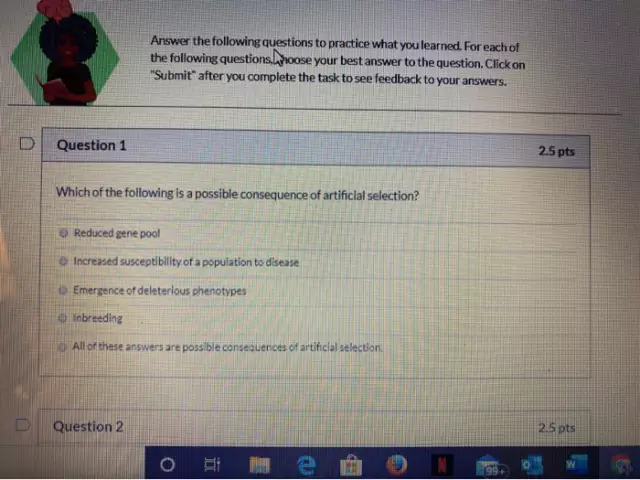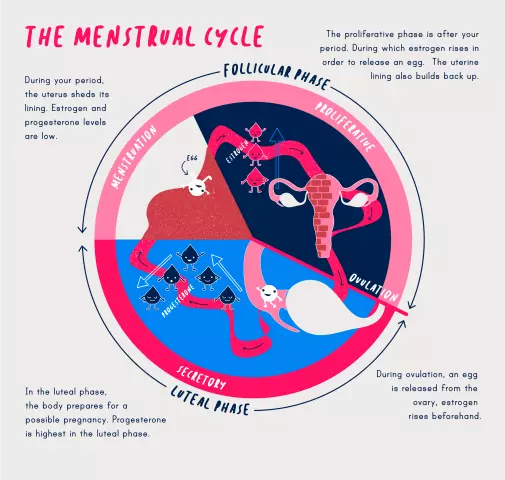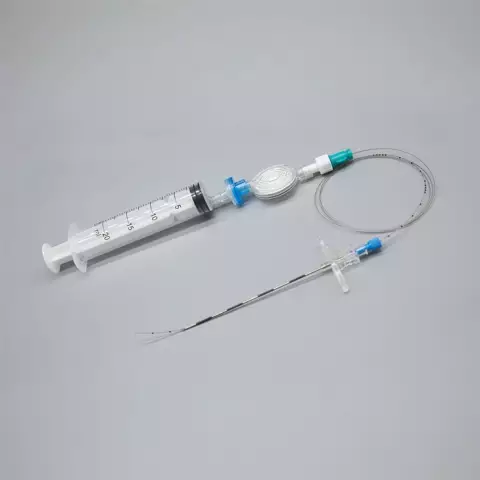- Author Rachel Wainwright [email protected].
- Public 2023-12-15 07:39.
- Last modified 2025-11-02 20:14.
Artificial childbirth
Induced childbirth is a medical method of terminating pregnancy late in life by inducing premature labor. The main reason for the operation is serious illness and pathological changes.

Indications for artificial childbirth
Artificial childbirth in accordance with the legislation of the Russian Federation and the order of the Ministry of Health of the Russian Federation No. 736 "On the approval of the list of medical indications for artificial termination of pregnancy" must be carried out only in specialized medical institutions (surgical, intensive care or other department).
Before the operation, the patient must undergo a complete examination. There must be serious reasons for an induced birth, which include medical indications and social factors. Indications for artificial childbirth are established by a medical commission, and social indications must be confirmed by appropriate documents.
The timing of artificial childbirth is 12-20 weeks of pregnancy. The exact duration of pregnancy can be determined using ultrasound.
Artificial childbirth is carried out after the treatment of inflammatory and infectious processes in the female reproductive system. If the procedure is carried out in an emergency mode, then the treatment is postponed.
The main indications for artificial childbirth are: a threat to the mother's life, the development of abnormalities and pathologies in the fetus that are incompatible with life. Also, artificial childbirth is prescribed for oncological diseases and disorders of the central nervous system in a woman, syphilis, tuberculosis and rubella. Social indications are the presence of a woman in prisons and psychiatric hospitals, disability and disability of the first group, pregnancy after rape, a court decision on deprivation of parental rights. The social commission is considering the issue of conducting an operation not only from the side of medicine, but also from the moral and ethical side.
Features of carrying out artificial childbirth
Before performing an artificial birth, the most appropriate method of operation for the patient should be selected. For patients with high blood pressure, hepatic and renal insufficiency, artificial childbirth with salt solutions is contraindicated.
When choosing the transcervical method (the introduction of saline solutions), a catheter is inserted into the uterine canal and a part of the amniotic fluid is taken from the fetal bladder, and then a saline solution containing sodium chloride and glucose is injected.
To establish the exact timing of artificial childbirth, a study of the placenta is prescribed to avoid bleeding and damage to internal organs. Drugs are administered to induce abortion.
Artificial childbirth can be performed by expanding the cervical canal and opening the fetal bladder. This method uses special tools, including forceps and a weight. To open the cervix, special drugs are injected to contract the muscles. This method can cause serious complications, so it is used only in extreme cases.
Artificial childbirth using cesarean section is carried out at a period of 22-28 weeks. This method is gentle and has fewer consequences.
Consequences of artificial childbirth

Artificial childbirth often causes serious consequences and hormonal disturbances in women. After this operation, a long period of rehabilitation is required until complete physical and emotional recovery. During the procedure, a woman receives physical and psycho-emotional trauma.
Bleeding, infection and inflammation can be a consequence of induced labor. In some cases, pregnancy after artificial childbirth does not occur for a long time, and the patient may become infertile after surgery.
The likelihood of serious consequences of artificial childbirth is high, and in some cases, serious diseases of the genital organs occur.
In order for pregnancy to occur after artificial childbirth, it takes a long time, diagnostic procedures and the appointment of special hormone therapy.
After artificial childbirth, the protective mechanism of the uterus is disrupted, and the placental polyp can join the tissue and become part of the uterine wall. After significant blood loss, many patients develop iron deficiency anemia. Artificial childbirth can lead to inflammation in the fallopian tubes and ovaries, as well as uterine dysfunction. In case of serious complications, curettage of the uterus is performed, which can lead to infertility.
Since artificial childbirth is a serious threat to the life and health of a woman, they should be carried out only in exceptional cases.
Found a mistake in the text? Select it and press Ctrl + Enter.






